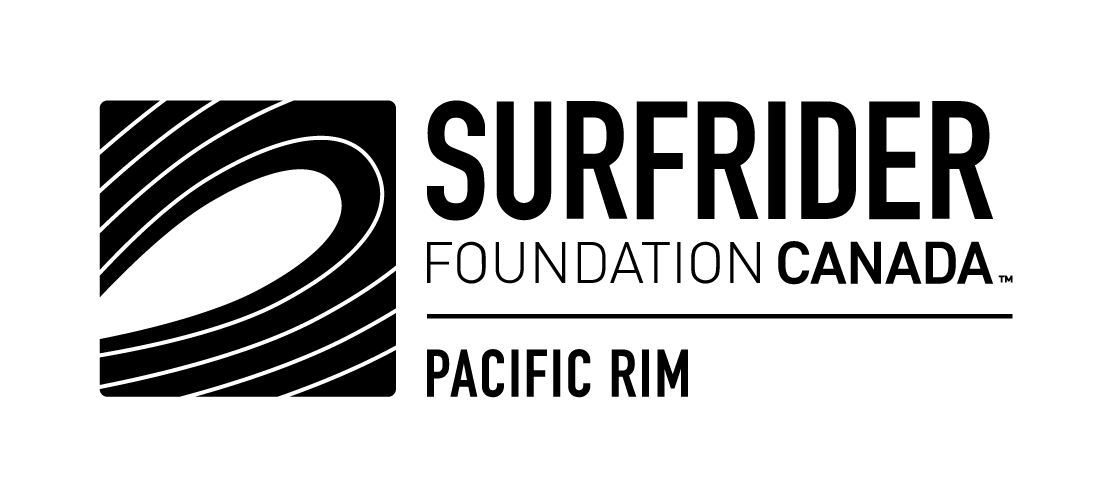Easing into Autumn with Action
Waking up to wolf tracks, seeing the sun rise and set, watching the fog roll in and out over the landscape, disconnecting from technology, and sleeping on the earth are among the many facets of remote cleans that the Surfrider Pacific Rim volunteers have been able to soak up the past few months. We are both thrilled and sad to see the bulk of the remote shoreline clean up season come to an end, and as we lament the completion of summer, we also lament the end of these adventures until the dawn of next summer. This summer season, we were able to complete six organized remote clean up trips, equalling a total of ten days. Our focus this year was in Clayoquot Sound, returning to areas that we had not reached during the Hanjin debris clean up in the summer of 2017, this included: Bartlett Island, Blunden Island, Vargas Island, and Chetarpe Beach on Vancouver Island. We thank the Clayoquot Biosphere Trust, Jamie’s Whaling Station, as well as Patagonia for sponsoring these clean ups!
Instead of opting for helicopters for debris removal, one of the boat captains we work with, Marcel Theriault, AKA Maple Syrup Marcel, was confident that we could collect all fifty-two super sacs, along with loose debris, with sheer human power. So, over three days, a crew went out to collect all of the debris, which Marcel stored until September 5th on his barge. On this day, we loaded all seven tonnes of marine debris onto two of Kingsley Trucking’s B-trains, with one excavator, six pairs of hands, one barge, and an immense amount of sweat! These trucks usually leave Tofino empty, so without using any extra resources, they are returning with full tucks loaded with debris! In addition, a lot of marine debris that is removed from shorelines is often transported to another environment – the landfill. All of the marine debris Surfrider Pacific Rim collects is sorted and sent to The Ocean Legacy Foundation who recycle marine debris into new resources for companies including Lush Cosmetics. So, all of this marine debris has now been recycled over this past last month!
As autumn is a contemplative time, we can further understand the act of restoring remote shorelines through the lens of deep ecology. This theory was was coined by Norwegian philosopher Arne Naess, which posits that as humans we must transform our relationship with the environment, from seeing it as a resource that is meant to serve us, to understanding that it has inherent worth outside of human usefulness. We are no greater than any mountain, forest, beach or meadow. In fact, we have a whole lot more to learn from the rest of the biotic and abiotic life forms on this planet, if we could find the time to listen to their lessens. So, doing clean ups to restore shorelines where no people live, only visit, is an expression of this idea. Yes, we may camp, forage, and gather other food there, but we restore these places from plastic pollution because these ecosystems deserve better, they deserve to flourish at all times – not just when we are present and active. What’s important from this idea is that the clean up is not a means to an end, the results from this experience are translated in a way that can provoke system change, working to solve the root of the plastic pollution problem.
So, what have been the usual suspects of our collections? Petroleum products made up 90% of what we collected, including styrofoam, rope, hard plastics, along with 4,654 plastic water bottles. We will be using these statistics and insights gained from the remote clean ups to enact positive change, from raising awareness in our Youth Environmental Stewardship Program, to holding industries who work on the water accountable, running campaigns that are working to eliminate single use plastics in all businesses in the Pacific Rim, and and at the most crucial level, working to enact local bylaws as well as provincial and national policies. Right now, this includes working with the District of Tofino and the District of Ucluelet on their Motion to regulate single use plastics as well as supporting MP Gord John’s Motion-151, which is calling for a national strategy on plastic pollution. In regards to both of the District’s Motion, as an action plan is solidified this month, we want to ensure the students are educated on this shift, seeing that the changes work for all local businesses, and that we work with individuals across communities in the Pacific Rim to address the unique challenges people may face in no longer having access to certain forms of single use plastics. So, from the remote and local cleans that we execute we are able to gain data, and use this data to springboard more action, and this action influences the implementation of bylaws and policies. Now, this is a process for environmental change we can all participate and rejoice in!
Photos by Cristina Gareau

